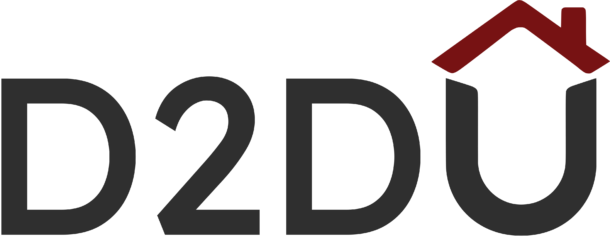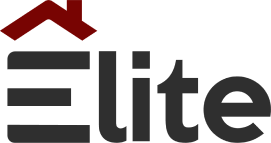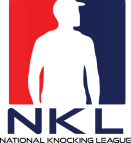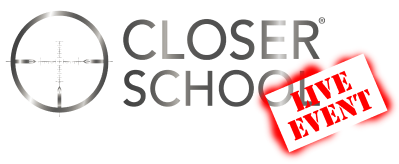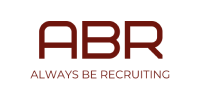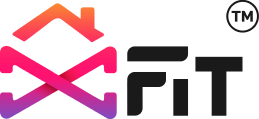Download the Best Free Sales Training eBooks (Without Getting Duped by Fluff)
This blog is your no-fluff, no-BS guide to getting real value from free sales training eBooks. We’re not just giving you a list of resources — we’re breaking down how to tell the gold from the garbage, how to actually use what you read, and how to build a personal sales library.
Not every downloadable PDF or sales bootcamp resource is worth your time.
How to Read a Sales eBook Like a Top Closer
Anyone can download a PDF. What sets you apart is how you use it.
Here’s your game plan:
- Set a Target: Aim to extract 1–2 new techniques you can use this week.
- Highlight Like a Maniac: Don’t be afraid to mark it up. Pull quotes, frameworks, and scripts into a separate notebook or Google Doc.
- Pause & Apply: When a guide gives you an exercise, stop and do it. It cements the lesson way better than just reading.
- Compare With Your Sales Flow: Does it challenge how you pitch? How you ask for the close? Good.
- Don’t Binge—Break It: One chapter a day. Digest, apply, repeat.
Turn Lessons Into Money: Applying eBook Tactics in the Field
Alright, now what?
Let’s say the guide teaches a 7-step outbound sequence. Cool — screenshot it, turn it into a checklist, and tape it to your desk. Or better yet, load it into your CRM reminders.
Found a killer objection rebuttal? Role-play it with a teammate. Use it in your next call.
The point is: knowledge not used = wasted.
Tips to deploy what you’ve learned:
- Use frameworks as sales meeting topics
- Test one new script live each day
- Add top tactics to your sales playbook
- Track the changes: better reply rate? Higher close rate? Bigger deal size?
Build Your Own Arsenal
Don’t hoard. Organize.
Start by grouping your downloads:
- By Topic: Prospecting, Negotiation, Leadership, Time Management
- By Format: PDF, Slide Decks, Worksheets
- By Buyer Type: B2C (fast close), B2B (multi-stakeholder, slow burn)
Use Google Drive or Dropbox with folder tags. Bonus: you can easily share with new reps or your team. One rep’s lightbulb moment could be another’s career changer.
Track Progress and Level Up Your Team
This part is crucial: summarize what you read.
Write a 1-page memo. Or record a 2-minute Loom recap. Send it to your team. Better yet, start a sales book club — pick one guide per month, share notes, and hold each other accountable to implement 1 new tactic.
Sales is a team sport. Reading together, testing together, winning together.
D2D Experts’ Sales Playbook: Your #1 Download
If you’re looking for the first (and best) place to start — our D2D Sales Playbook is it.
It’s packed with:
- The exact pitch flow we teach 60,000+ reps
- Objection handling templates
- Real examples from solar, pest, alarms & roofing
- Scripts, frameworks, and challenge exercises
- Designed for reps who are hungry to rise
👉 Access the D2D Sales Playbook now – it’s your launchpad.
This is what sets top reps apart: the willingness to keep learning even when they’re already closing deals.
So go ahead. Download the best free sales training eBooks and build a routine around them.
Not just once. Every month. Every quarter. Because the market keeps changing — and winners change with it.
FAQs
Where can I safely download free sales eBooks?
Reputable sources include HubSpot’s Resource Library, which offers dozens of guides on prospecting and management; Sales Gravy, where Jeb Blount provides practical PDFs on cold calling and small‑business sales; B2B Sales Connections, which hosts value‑proposition worksheets and closing checklists; Veloxy’s library of e‑books on email marketing and CRM optimisation; and research‑driven downloads from RAIN Group.
How do I implement eBook strategies into my pitch?
Select one or two high‑impact techniques from the e‑book. For example, if you learn a storytelling framework, craft a concise success story and integrate it into your solution presentation. Practice with a colleague before using it with a prospect. Use checklists to ensure each element—hook, value, ask—is present.can register directly and receive updates.





